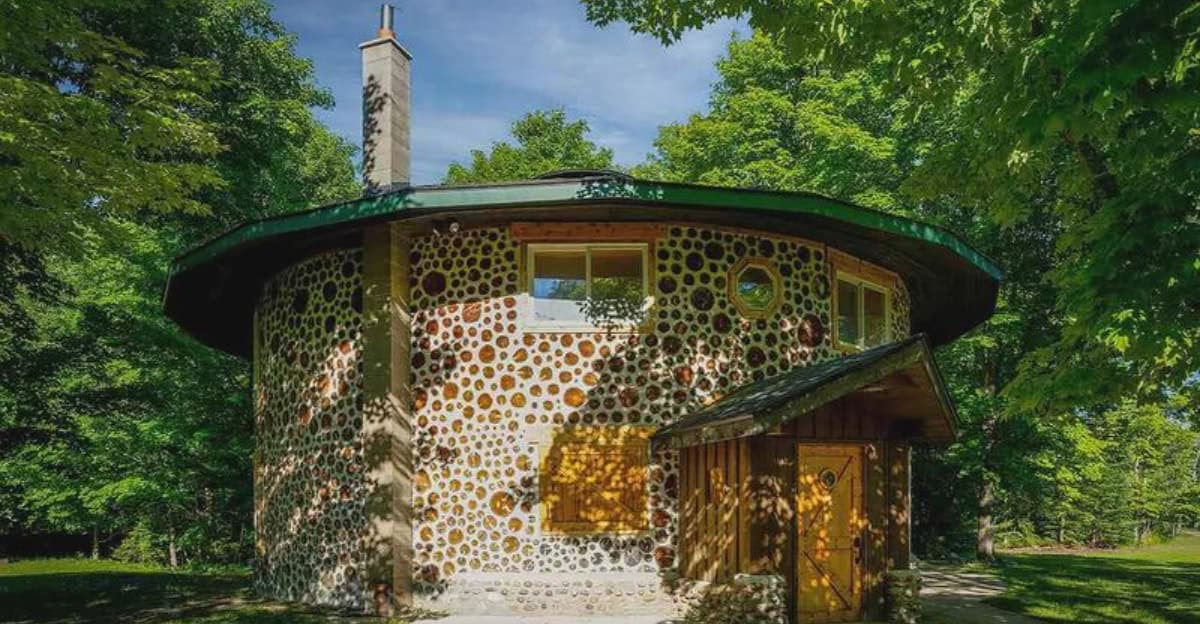Cordwood homes, celebrated for their unique aesthetic and eco-friendliness, stand as a testament to sustainable living.
Their construction method, utilizing locally-sourced materials and energy-efficient designs, offers an appealing alternative to conventional building.
Here are 10 compelling reasons why cordwood homes exemplify sustainability.
1. Minimal Carbon Footprint
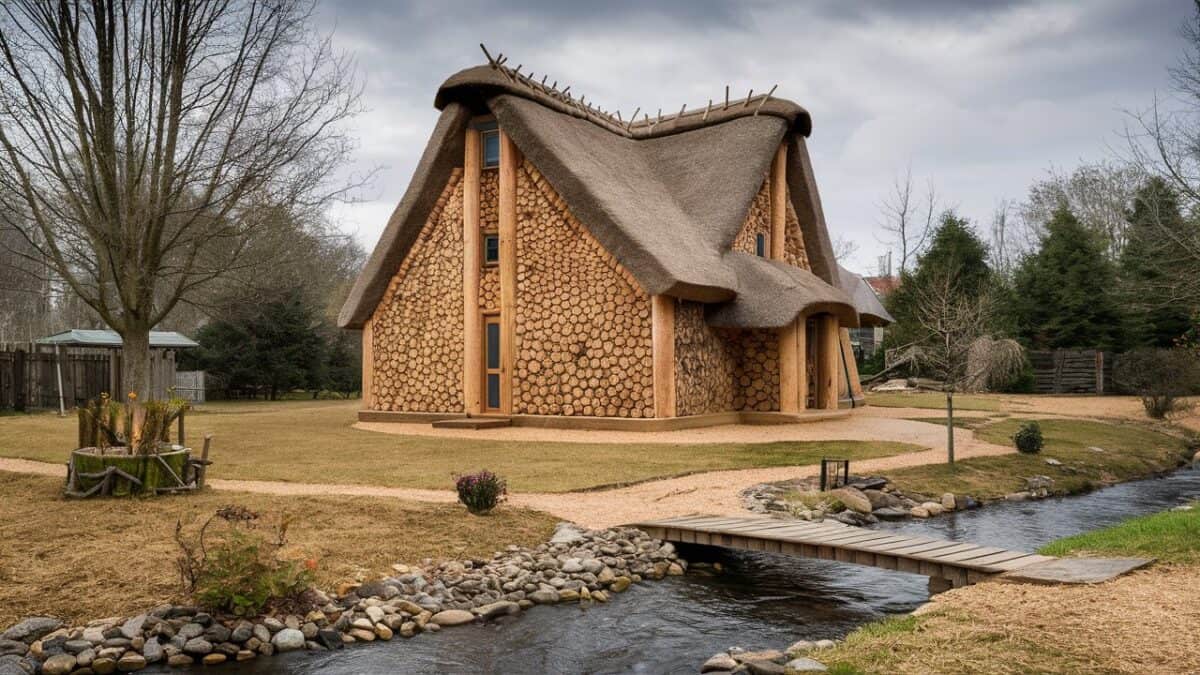
Cordwood homes boast a minimal carbon footprint. By using locally sourced wood, transportation emissions are significantly reduced.
Additionally, these homes require fewer processed materials, cutting down on industrial energy use.
The natural insulation properties of wood further contribute to energy efficiency, making them an eco-friendly choice.
2. Efficient Insulation
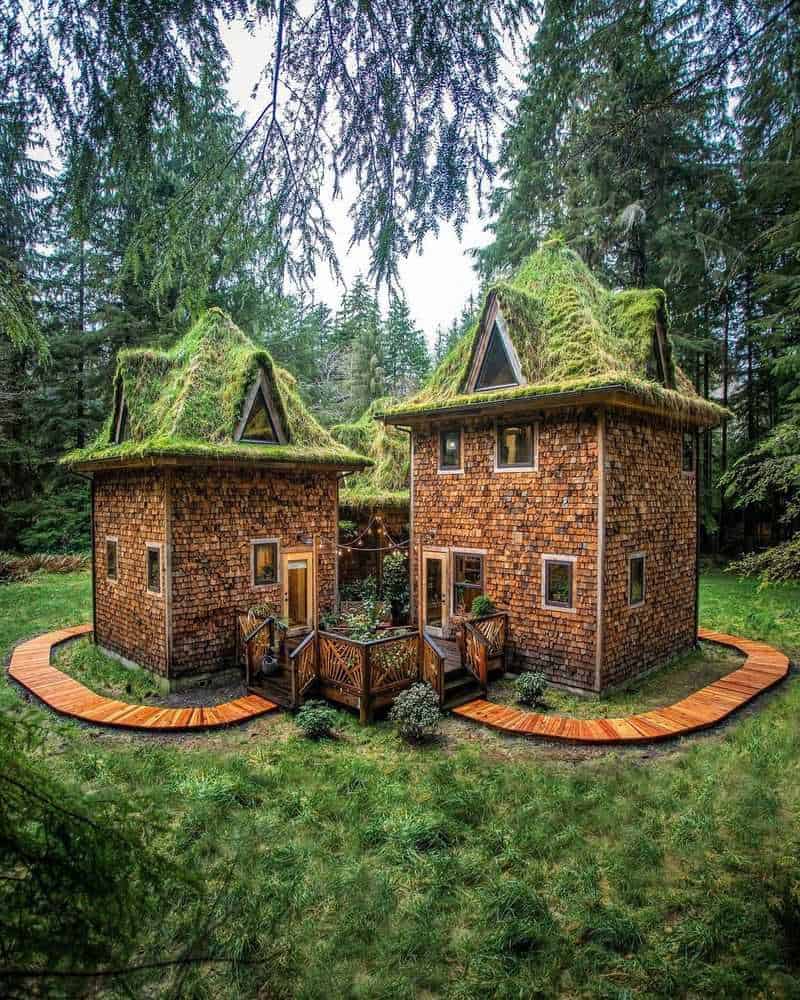
Cordwood construction excels in insulation. The thick walls, composed of wood and insulating materials, maintain a stable indoor temperature.
This natural temperature regulation reduces the need for artificial heating and cooling systems, promoting energy conservation and lowering utility costs throughout the year.
3. Recyclable Materials
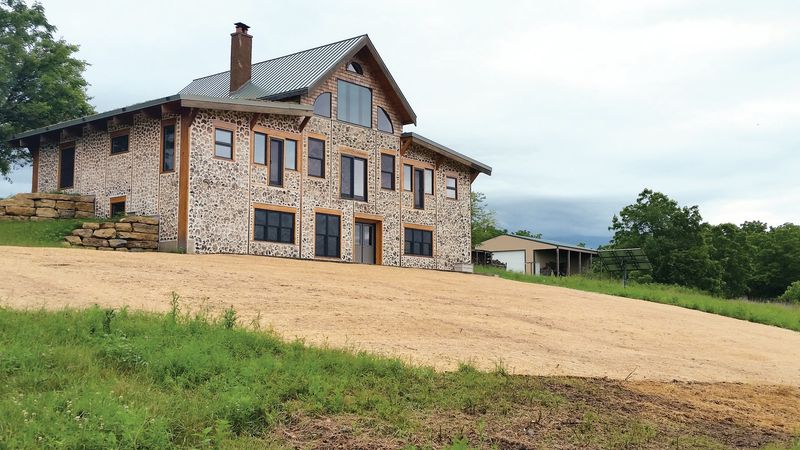
Cordwood homes capitalize on recyclable materials. The wood used in construction can be repurposed from other structures or sustainably harvested.
Reclaimed timber offers an eco-conscious option, emphasizing sustainability and resource conservation. This approach ensures a minimal environmental impact and promotes a circular approach to materials.
4. Natural Aesthetics
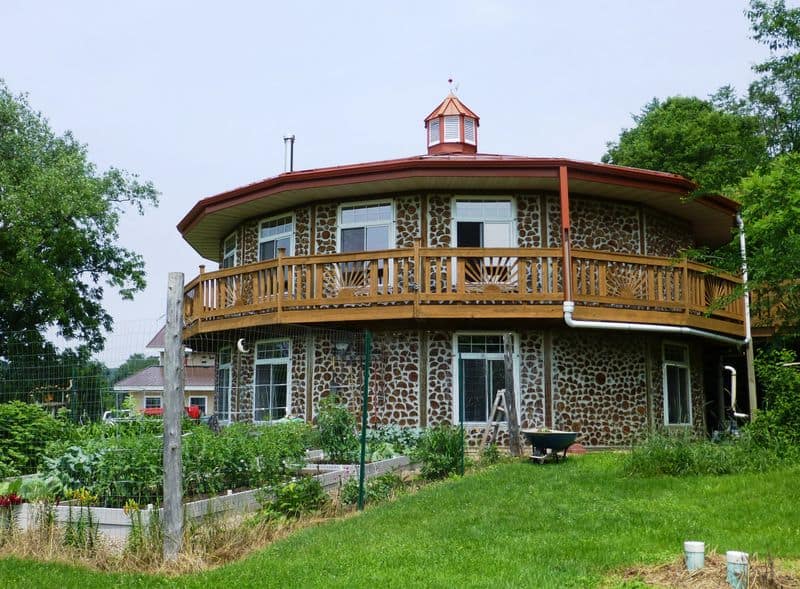
The natural aesthetics of cordwood homes appeal to those seeking harmony with nature. The visible log ends create a unique, textured appearance, making each home distinct.
This aesthetic integration encourages respect for the environment, fostering a deeper connection to the natural world.
5. Durability and Longevity
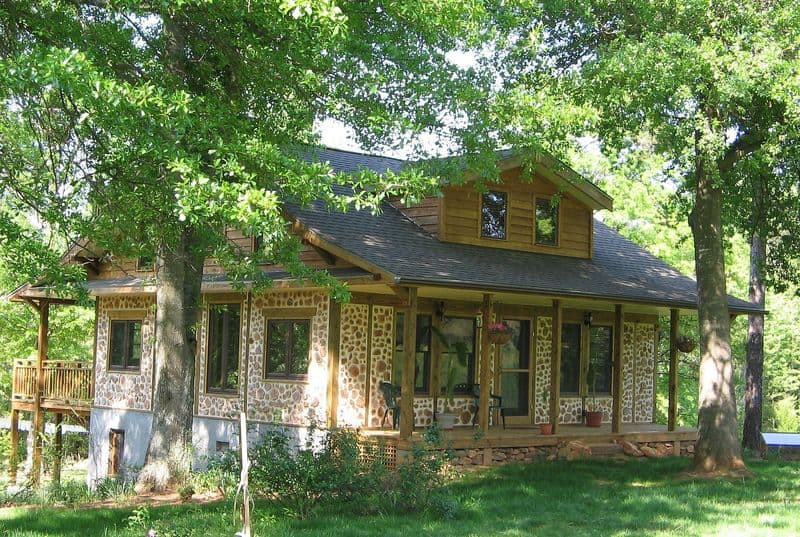
Cordwood homes are renowned for their durability and longevity. Properly constructed walls resist weathering and decay, lasting for generations.
This resilience reduces the need for frequent repairs or replacements, conserving resources and ensuring a sustainable living solution over the long term.
6. Cost-Effective Construction
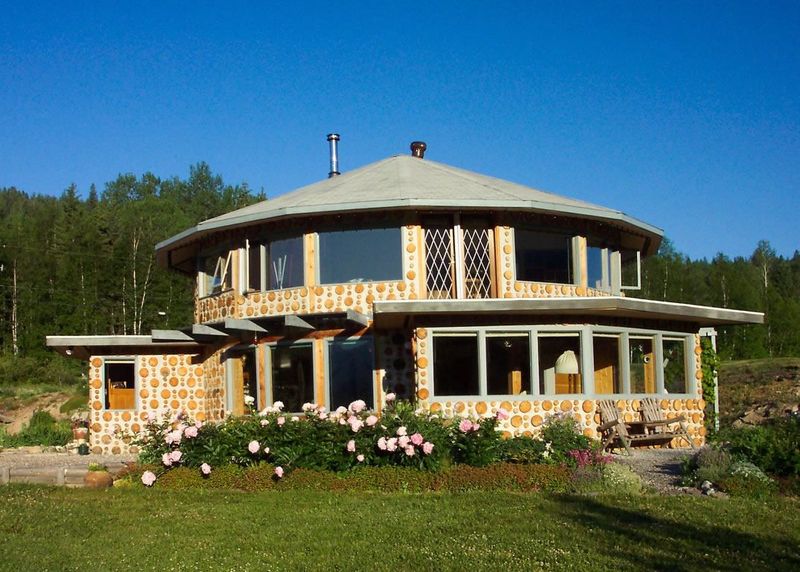
Building a cordwood home is notably cost-effective. Utilizing local and inexpensive materials, homeowners can lower construction expenses.
The simplicity of the building process, often achievable by the owners themselves, further reduces costs, providing an affordable path to sustainable living.
7. Low Energy Consumption

Cordwood homes are designed for low energy consumption. Their natural insulation reduces heating and cooling needs, while features like solar design and renewable energy systems enhance efficiency.
These homes embody sustainable practices by significantly cutting down on overall energy usage.
8. Versatile Design Options

Cordwood construction offers versatile design options. Builders can incorporate various architectural styles, allowing for creativity and personalization.
This flexibility not only caters to aesthetic preferences but also supports sustainable practices by adapting to local climates and building materials.
9. Local Community Support
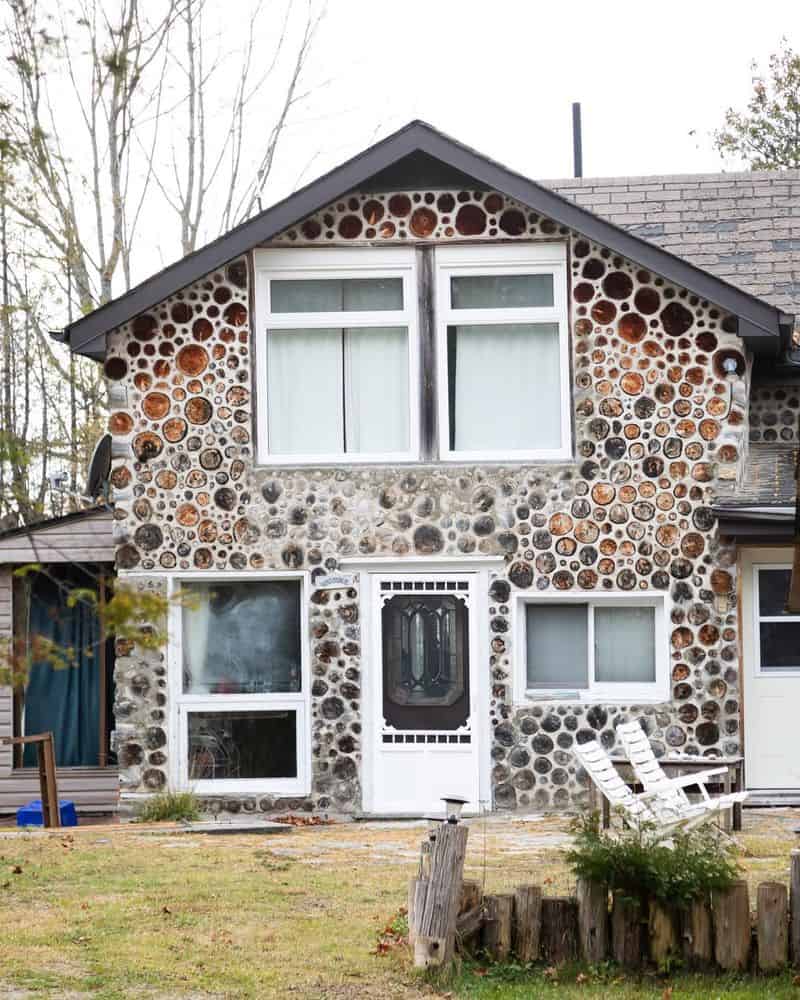
Cordwood homes encourage community support. Building with local materials involves engaging local suppliers and craftsmen, boosting the local economy.
This collaborative approach strengthens community ties and fosters a shared commitment to sustainable living and environmental stewardship.
10. Reduced Waste Production

Cordwood construction minimizes waste production. By utilizing every part of the wood, including smaller scraps, these homes avoid the excessive waste typical in conventional building.
This efficiency not only benefits the environment but also aligns with sustainable living principles by reducing landfill contributions.

